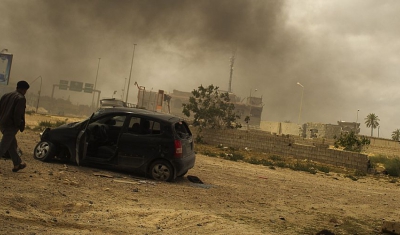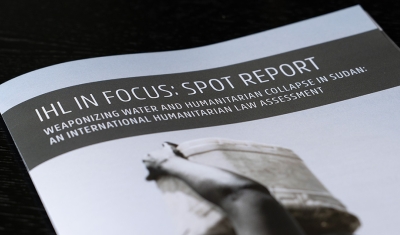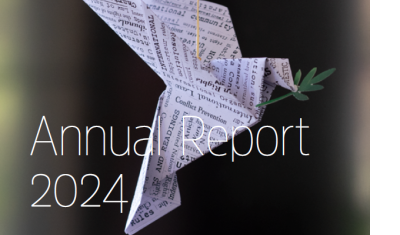The 100 page War Report identifies, describes, and discusses the situations of armed violence that amounted in 2016 to armed conflicts, in accordance with the definitions under international humanitarian law (IHL) and international criminal law (ICL).
In 2016, at least 49 armed conflicts occurred on the territory of 28 states and territories: Afghanistan, Azerbaijan, Colombia, Cyprus, the Democratic Republic of Congo (DRC), Egypt, Eritrea, Georgia, Iraq, India, Lebanon, Libya, Mali, Moldova, Myanmar, Nigeria, Pakistan, Palestine, the Philippines, Somalia, South Sudan, Sudan, Syria, Thailand, Turkey, Ukraine, Western Sahara, and Yemen. The vast majority are non-international armed conflicts, as in preceding years, highlighting the changing nature of warfare. The analysis highlights two trends: the heavy toll of current armed conflicts on civilians often trapped in sieges and battlefields in cities and increased international interventions in conflicts.
The War Report is an essential reference for experts, governments, policy-makers, NGOs, international organizations, donors, international courts and tribunals, judges and lawyers who work on human rights, humanitarian issues, and peace or security. With the Geneva Academy’s Rule of Law in Armed Conflict (RULAC) portal, the War Report is the only independent global classification of armed conflicts under international law.
The War Report: Armed Conflicts in 2016
In this video, Annyssa Bellal, Strategic Advisers on international humanitarian law and Research Fellow at the Geneva Academy tells us about the 2016 edition. The 100 page War Report identifies, describes, and discusses the situations of armed violence that amounted in 2016 to armed conflicts, in accordance with the definitions under international humanitarian law and international criminal law.






